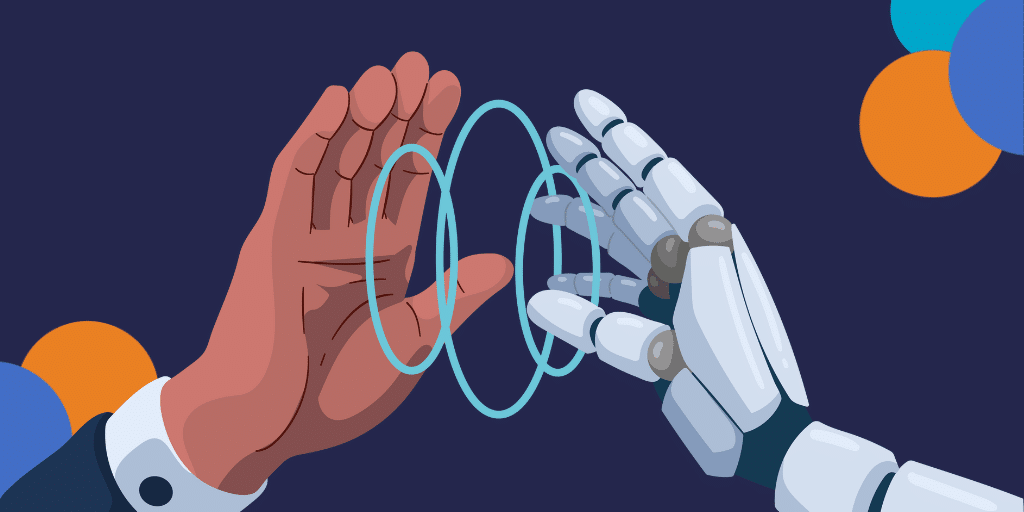Next-Level Procurement: Embracing GenAI and Building Resilience for the Future

Procurement has never been more dynamic—or more challenging. Global disruptions, rising costs, and relentless technological change are reshaping the way organisations operate. For procurement leaders, this means thinking beyond traditional cost-cutting measures and building strategies that embrace sustainability, collaboration, and innovation.
To stay ahead, procurement teams must evolve. They need to navigate complexities with agility and embrace tools like generative AI (GenAI) to not only meet today’s demands but anticipate the needs of tomorrow.
Procurement’s New Strategic Role
The days of procurement being viewed as a cost-focused function are fading. Instead, procurement teams are being called upon to act as strategic partners within their organisations. A recent study by Procurious and Ivalua reveals that 77% of procurement leaders expect their teams to place a greater emphasis on strategic decision making and value creation this year.
While cost reduction remains important, other priorities are gaining traction. More than half (54%) of procurement leaders anticipate their roles will evolve to place greater emphasis on sustainability and ethical sourcing, aligning with the growing importance of ESG initiatives. This shift underscores procurement’s critical role in balancing financial goals with broader corporate objectives.
Collaboration is also at the forefront of this evolution. Internally, there’s a push for procurement teams to align their strategies with those of other departments. Externally, they’re fostering deeper partnerships with suppliers, focusing on shared goals like innovation, resilience, and meeting sustainability demands.
Challenges in a Turbulent Landscape
Procurement leaders face an uphill battle as they contend with inflation, talent shortages, supply chain disruptions, and ever-evolving sustainability regulations. In fact, 75% of leaders identified inflation as their top concern, while 63% highlighted the growing pressure to meet new sustainability standards and regulations.
These challenges call for more than reactive measures – they demand procurement teams to rethink their strategies entirely. While many have made significant adjustments – with 74% of procurement leaders report having substantially overhauled their strategies in response to recent challenges – there’s still work to be done. The majority of leaders (68%) admit their teams struggle to adapt quickly to market shifts, revealing a gap in the flexibility needed to stay competitive in today’s unpredictable environment.
The Role of GenAI in Procurement Transformation
Generative AI is proving to be a game-changer for procurement. By automating routine tasks and offering data-driven insights, it’s helping teams free up time for more strategic work.
Forty-five percent of procurement teams are already using GenAI for specific use cases like spend analysis, sourcing, and contract management. For example, GenAI can identify spending patterns, highlight supplier performance trends, and forecast demand with unprecedented accuracy.
Beyond efficiency and productivity, the real promise of GenAI lies in its ability to transform decision-making. By analysing vast amounts of data in real-time, it equips procurement leaders with the insights they need to make proactive, informed choices. That said, adoption isn’t without hurdles—concerns about accuracy, internal policies, and a lack of understanding still pose challenges.
Moving Forward: The Path to Next-Level Procurement
Procurement is at a crossroads. To meet today’s challenges and prepare for what’s next, leaders must embrace change. This means adopting technologies like GenAI, fostering collaboration at every level, and placing sustainability at the heart of their strategies.
The future of procurement isn’t just about keeping pace—it’s about leading the way. By leveraging innovation and prioritsing agility, procurement teams can transform their organisations, driving value not just in cost savings but in resilience, sustainability, and strategic impact.
The journey ahead is full of challenges, but for those willing to adapt, the opportunities are even greater.Ready to take your procurement strategy to the next level? Read the full report to learn how.